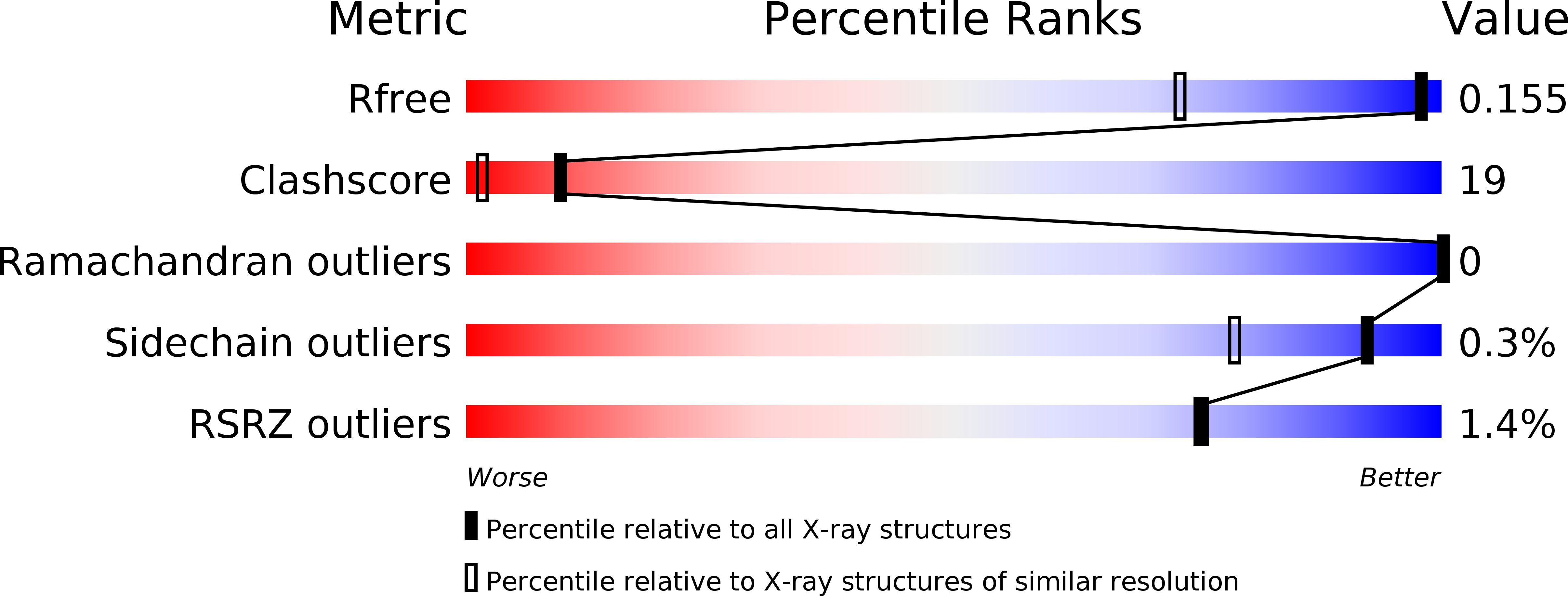
Deposition Date
2012-11-26
Release Date
2013-06-19
Last Version Date
2023-11-08
Entry Detail
PDB ID:
4I3B
Keywords:
Title:
Crystal structure of fluorescent protein UnaG wild type
Biological Source:
Source Organism:
Anguilla japonica (Taxon ID: 7937)
Host Organism:
Method Details:
Experimental Method:
Resolution:
1.20 Å
R-Value Free:
0.15
R-Value Work:
0.12
R-Value Observed:
0.13
Space Group:
P 1 21 1


